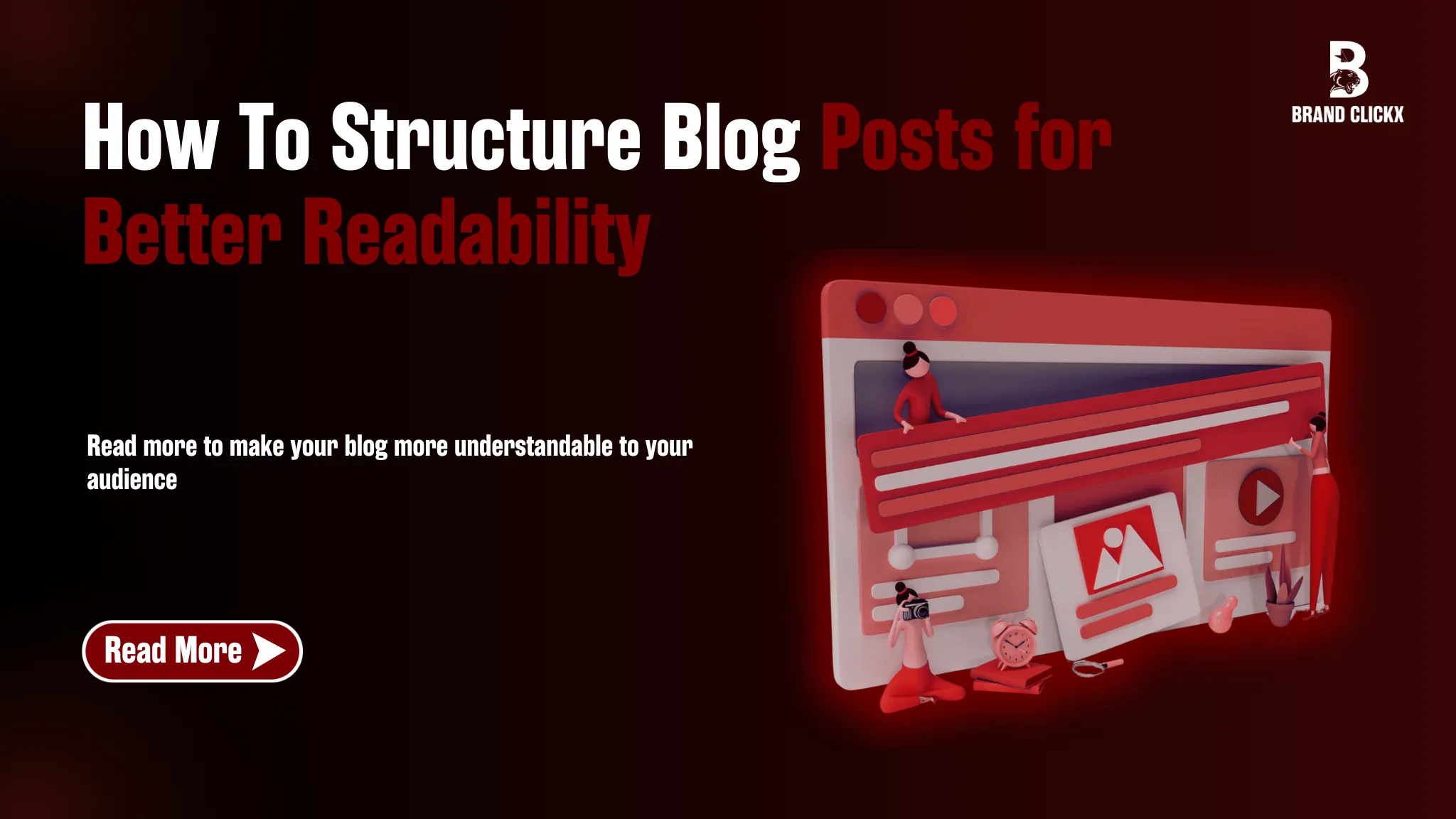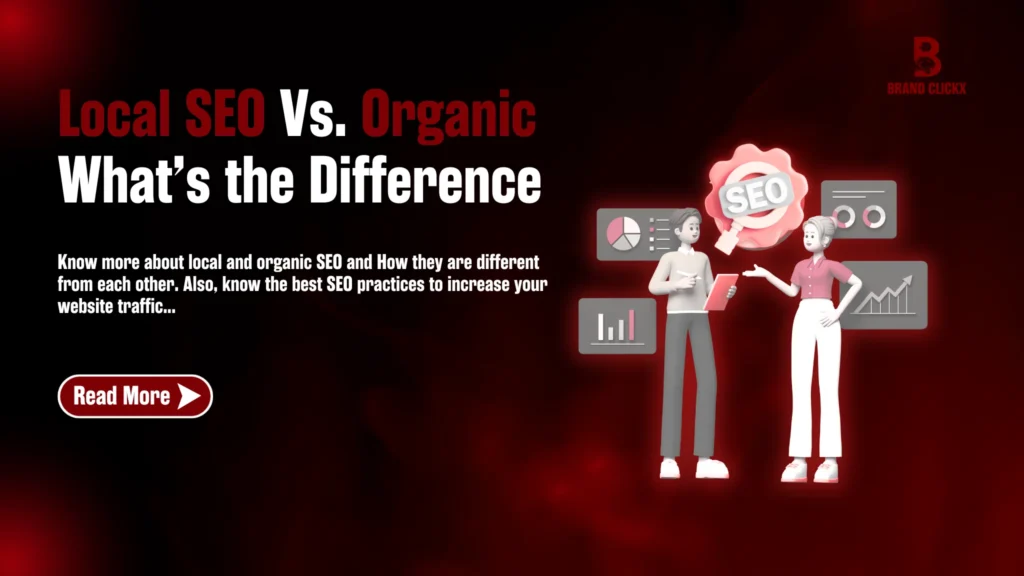Let’s be real, most blog posts get ignored. Not because the content isn’t good, but because they’re painful to read. Walls of text, confusing layouts, and endless rambling make people bounce faster than a bad elevator pitch. Your blog isn’t just words on a screen—it’s a tool to attract leads, build authority, and drive sales.
But if your content isn’t structured for readability, no one’s sticking around long enough to hear your message. So, how do you fix it? How to structure blog posts for better readability so your audience reads (and acts on) your content?
In this guide, we’ll break it all down – step by step. You’ll learn:
✔ The biggest readability mistakes killing your blog’s engagement
✔ The ideal blog post structure that keeps readers hooked
✔ Simple formatting tricks that enhance retention and conversions
Let’s start.
The Critical Role of Readability
It’s not just about making your content “easy” to read. It’s about creating an enjoyable reading experience. It’s about respecting your reader’s time and attention.
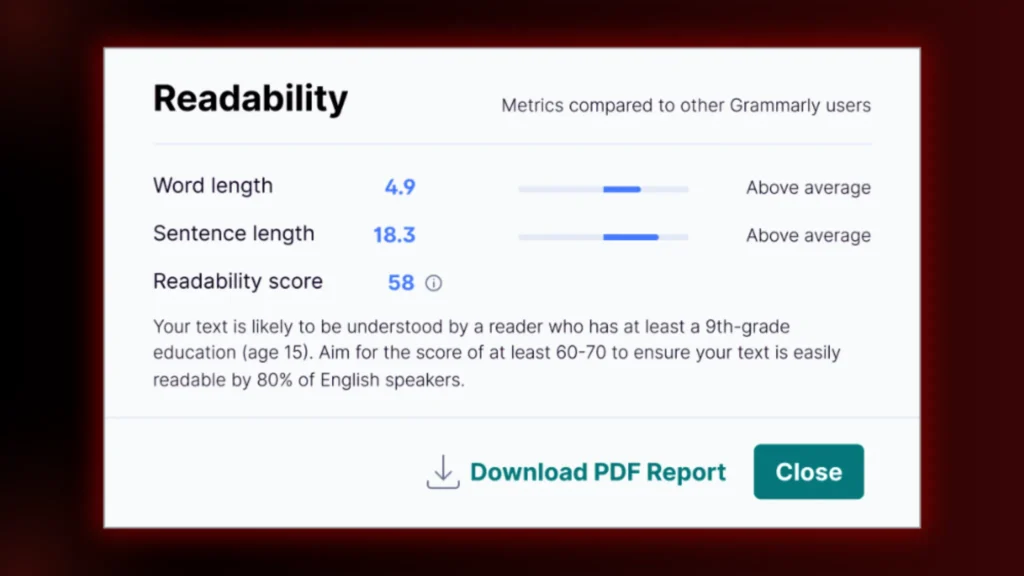
When your blog is highly readable, you’ll see some serious benefits:
- Increased Engagement: Readers will spend more time on your page, clicking through to other articles, and leaving thoughtful comments.
- Lower Bounce Rate: Fewer people will leave your site after viewing just one page. This is a huge win for your SEO!
- Improved SEO: Search engines love content that’s well-structured and easy to understand. Readability is a key ranking factor.
- Higher Conversion Rates: Whether you’re selling a product, promoting a service, or building an email list, readability can help you convert more visitors into customers.
- Brand Loyalty: Readers will trust you more if you consistently deliver high-quality, easy-to-understand content. This builds brand loyalty and turns casual visitors into raving fans.
Read about how to write data driven content
Speak to Your Readers, Not At Them
Think about your favorite blogs. What do they have in common? They are all likely to have a conversational tone. You don’t feel like you’re in a lecture hall like you would with any other professor.
Here’s how to add more personality and warmth into your writing.
- Use “You” and “I”: State things in your own words and address your readers directly. It connects to your content and makes it more relatable to your audience.
- Get Your Readers Thinking: Questions are a great way to engage readers. Additionally, they also help break up monotony from reading long paragraphs.
- Contractions: Use Don’t, can’t, won’t – these contractions will help readers understand your writing better and in a natural way.
- Make your point and seduce people’s memory: Stories are an excellent way to make your points more memorable. Share personal anecdotes, case studies or even fictional scenarios.
- Don’t Be Someone You’re Not: Don’t try to be someone you are not. Let your personality shine through! Trust with your audience is about authenticity.
Structure is Everything!
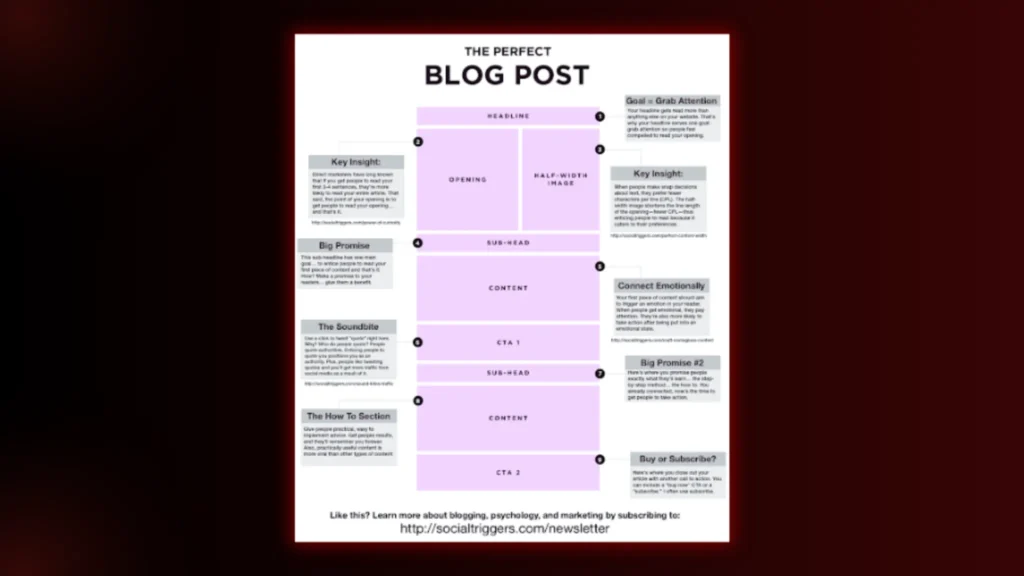
Alright, time to geek out. The process of structuring your blog posts to be as readable as they can be is detailed here in steps.
Hook, Line and Sinker: The Irresistible Introduction!
- The Hook: Something right away that sets the reader on edge. This could be a surprising statistic, a controversial statement, a thought-provoking question, or a captivating story.
- Let’s start with the Bridge: Explain the need for the topic of your blog post and give a brief introduction to that topic. What problem are you solving? What question are you answering?
- Tell your readers what the Roadmap offers them in your post. Provide the main points you will speak about in your presentation.
Know about user-generated content and it’s impact
Headlines That Demand to Be Read: The Key to Getting Clicks!
- Cut to the Chaser: The headline of your blog post should be clear, stating the topic of the post and what the reader will get in return.
- Use Intrigue to Your Ally: Don’t be scared to get the reader interested with critical words or phrases.
- Keywords are Your Friends: Add appropriate keywords to your title so that you can enhance your SEO.
- Your Secret Weapon: Power Words are Your Secret Weapon, including “amazing,” “essential,” “proven,” and “secret.”
- Numbers get attention: Headlines with numbers (5 Tips for…) usually work.
Subheadings: Your Reader’s Guide Through the Content Jungle
- Subheadings: Subheadings can help make the content easier to scan by breaking up your content into logical sections.
- With Descriptive and Concise: Each subheading should be descriptive but not too extensive about the content contained in the section it follows.
- Uniformity of Subheadings: Give uniform formatting to your subheadings for making it consistent and professional.
- Subheadings With Relevant Keywords: It is good to use keywords where appropriate in your subheadings as this will help in improving your SEO.
Bullet Points and Lists: Bite-Sized Information for Busy Readers
- Bullet Points & Lists: Use bullet points and lists to bring attention to the most important information in your blog post.
- Improve Readability: Bullet points and lists allow people to easily digest through your content and this works better if the content you have is too long.
- Visual Appeal: They call for visual interest and increase the engagement of the post.
Short Paragraphs: Respect Your Reader’s Time
- Paragraph Topic: Every paragraph should revolve around an individual or elementary topic.
- Don’t Write Essay Walls of Text: Try to keep your paragraphs short and sweet. Aim for 3-5 sentences per paragraph.
- Your Friend is White Space: Have plenty of the white space, so that your content looks more attractive and easier to read.
Visuals: A Picture is Worth a Thousand Words
- Break Up the Text: Images, videos, infographics, and other visuals can help to break up long stretches of text and keep your readers engaged.
- Illustrate Your Points: Use visuals to illustrate your points and make them more memorable.
- Add Context: Visuals can add context to your content and help readers understand complex concepts.
- Choose High-Quality Visuals: Make sure your visuals are high-quality and relevant to your topic.
Links: Connect the Dots and Build Authority
- Internal Links: Link to other relevant content on your blog to keep readers engaged and improve your SEO.
- External Links: Link to authoritative sources to support your claims and build credibility.
- Open in New Tab: Set your links to open in a new tab so readers don’t leave your site.
Table of Contents: A Roadmap to Your Content
- Easy Navigation: A table of contents allows readers to quickly jump to the sections that interest them most.
- Improved User Experience: It makes your blog more user-friendly and accessible.
- SEO Benefits: Some WordPress themes automatically generate a table of contents, which can also improve your SEO.
The Powerful Conclusion: Leave a Lasting Impression
- Recap the Key Takeaways: Summarize the main points you covered in your blog post.
- Provide a Call to Action: Tell your readers what you want them to do next. This could be anything from leaving a comment to subscribing to your email list to purchasing a product.
- End on a Positive Note: Leave your readers feeling inspired, motivated, or entertained.
Know about optimizing blog posts for lead capture forms
AI: Your Blogging Sidekick, Not Your Replacement!
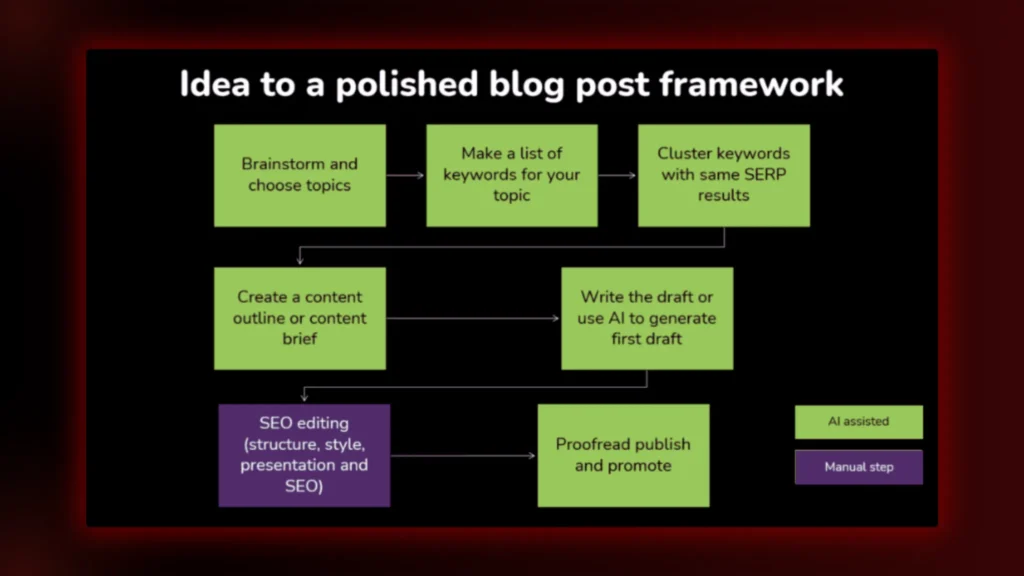
AI tools can be incredibly helpful for brainstorming, research, grammar checking, and even generating outlines. But remember, AI lacks the human touch and personality that makes your blog unique. Use it as a tool to enhance your writing, not replace it entirely.
SEO: Make Sure Your Voice Gets Heard!
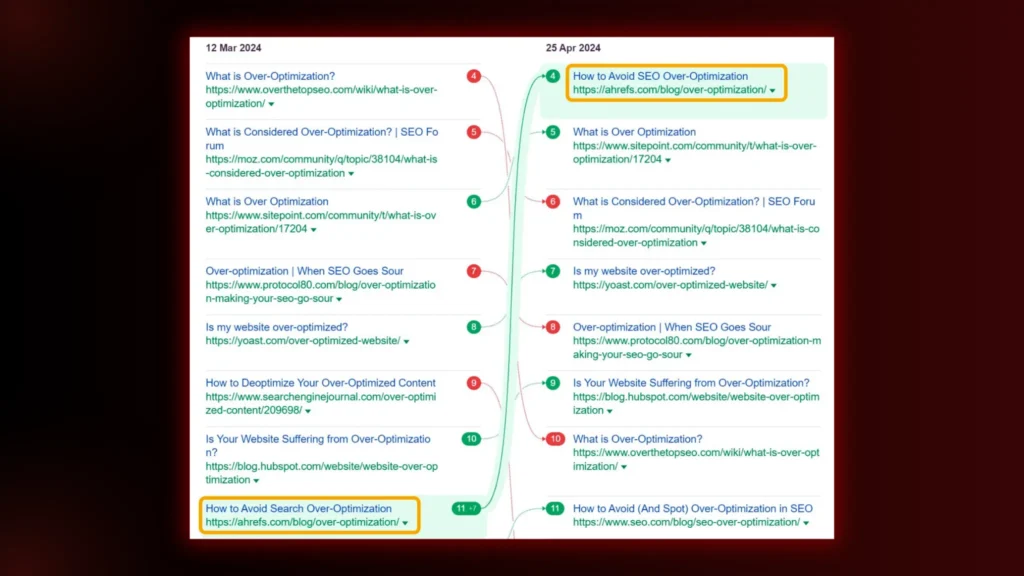
- Keyword Research: Use tools like Google Keyword Planner and SEMrush to find relevant keywords for your blog posts.
- Keyword Optimization: Incorporate your keywords naturally throughout your content, including in your headlines, subheadings, and body text.
- Meta Descriptions: Write compelling meta descriptions that accurately summarize your blog posts and entice readers to click from the search results.
Editing: The Final Polish
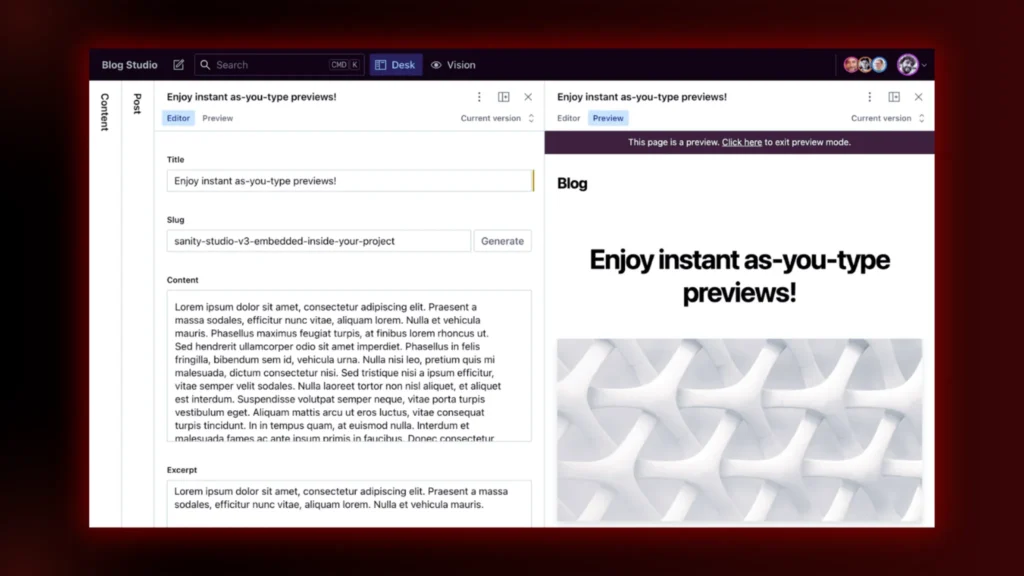
- Proofread Carefully: Check for grammar, spelling, and punctuation errors.
- Read Aloud: This helps you catch awkward phrasing and sentences.
- Get a Second Opinion: Ask a friend or colleague to read your blog post before you publish it.
Your Pre-Publish Checklist: Don’t Skip These Steps!
(Copy and paste this to your document!)
- Headline: Catchy, clear, relevant, and includes keywords (where applicable)
- Intro: Hooks the reader, introduces the topic, and outlines the main points
- Subheadings: Organized, logical, and easy to scan
- Body: Valuable, informative, and written in a conversational tone
- Visuals: Relevant, engaging, and break up the text
- Engagement: Encourages comments and shares
- Editing: Grammar, spelling, flow, and fact-checked
- SEO: Keywords, headings, and meta description optimized
- Readability: Short paragraphs, bullet points, and easy-to-understand language
- Links: Internal and external links included
- Social Sharing: Buttons are visible and easy to use
- Call to Action: Clearly state what you want readers to do next
- Final Review: Read through the entire post one last time!
Final Thoughts
Creating readable blog posts isn’t just a nice-to-have, it’s a must-have. It’s the foundation of a successful blog. By following these tips and techniques, you can transform your blog into a place where people enjoy spending time. And that’s the key to building a loyal audience, growing your brand, and achieving your blogging goals.
Ready to transform your blog into a readable masterpiece? Visit brandclickx.com and let our team of expert content strategists help you create content that attracts your audience and drives results!
Contact us to know details!
FAQs
1. Why is it important to know How to Structure Blog Posts for Better Readability?
Understanding How to Structure Blog Posts for Better Readability helps enhance user experience, making content easier to skim, read, and engage with. Well-structured blog posts also improve SEO and increase the chances of higher search engine rankings.
2. What are the key elements in How to Structure Blog Posts for Better Readability?
The key elements in How to Structure Blog Posts for Better Readability include using clear headings, short paragraphs, bullet points, subheadings, and a logical flow of information. Breaking up text with visuals and white space also improves readability.
3. How can headings improve How to Structure Blog Posts for Better Readability?
Headings and subheadings play a crucial role in How to Structure Blog Posts for Better Readability by organizing content into digestible sections. They make it easier for readers to find relevant information quickly and improve the blog’s SEO performance.
4. What font and text size should I use for How to Structure Blog Posts for Better Readability?
For How to Structure Blog Posts for Better Readability, use a clean, easy-to-read font like Arial, Roboto, or Times New Roman. The ideal font size for body text is 16px, with sufficient line spacing to enhance readability.

